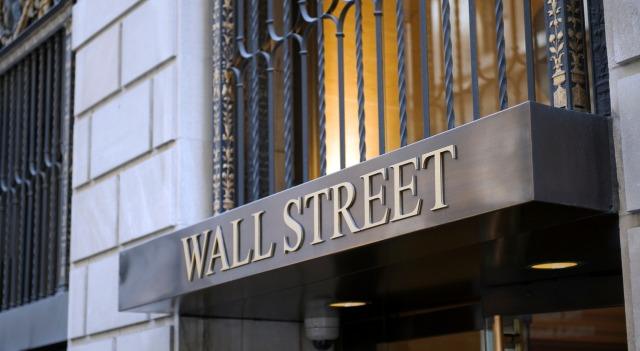The major U.S. index futures are currently pointing to a higher open on Tuesday, with stocks likely to add to the gains posted in the previous session.
A positive reaction to some of the latest earnings news may generate early buying interest, with shares of Bank of America (NYSE:BAC) moving notably higher in pre-market trading after the financial giant reported better than expected second quarter earnings.
Health insurance giant UnitedHealth (NYSE:UNH) is also likely to move to the upside after reporting second quarter earnings that exceeded analyst estimates.
On the other hand, shares of Morgan Stanley (NYSE:MS) are seeing significant pre-market weakness even though the company reported better than expected second quarter earnings.
Traders are also digesting the latest U.S. economic news, including a Commerce Department report showing U.S. retail sales came in unchanged in the month of June.
The Commerce Department said retail sales came in flat in June after rising by an upwardly revised 0.3 percent in May.
Economists had expected retail sales to come in unchanged compared to the 0.1 percent uptick originally reported for the previous month.
Excluding a sharp drop in sales by motor vehicle and parts dealers, retail sales climbed by 0.4 percent in June after inching up by 0.1 percent in May. Ex-auto sales were expected to creep up by 0.1 percent.
The Labor Department released a report on Tuesday showing import prices in the U.S. were unexpectedly flat in the month of June.
The report said import prices were unchanged in June after dipping by a revised 0.2 percent in May. Economists had expected import prices to rise by 0.2 percent compared to the 0.4 percent decrease originally reported for the previous month.
Meanwhile, the Labor Department said export prices declined by 0.5 percent in June after falling by a revised 0.7 percent in May.
Export prices were expected to edge down by 0.1 percent compared to the 0.6 percent decrease originally reported for the previous month.
U.S. stocks closed on a firm note on Monday, with two of the three major indices moving on to record fresh highs thanks to strong buying at several counters from across various sectors.
Optimism about interest rate cuts by the Fed and rising prospects of former President Donald Trump winning the upcoming presidential elections rendered the mood positive on Wall Street.
The Dow ended up 210.82 points or 0.5 percent at 40,211.72 after scaling a new high at 40,351.10. The S&P 500, which climbed to a new high of 5,666.94, settled at 5,631.22, gaining 15.87 points or 0.3 percent, while the Nasdaq ended with a gain of 74.12 points or 0.4 percent at 18,472.57, after hitting a high of 18,641.53.
Caterpillar climbed more than 3 percent. Goldman Sachs gained about 2.6 percent on strong second quarter results.
JP Morgan Chase and American Express gained 2.5 percent, and 2.3 percent, respectively. Apple, Visa, Chevron, Travelers Companies, Walmart and UnitedHealth Group also closed on a firm note.
Netflix, Adobe Inc, Costco Wholesale Corp, Qualcomm, Tesla, Automatic Data Processing and Marriott International closed with strong gains.
Nike ended down nearly 3 percent. Boeing, Verizon Communications, 3M, Procter & Gamble, McDonald’s and Amazon lost 0.9 to 2 percent.
Trump Media & Technology shares zoomed nearly 32 percent amid huge volumes, following Trump’s fortunate escape from the assassination attempt in Pennsylvania on Saturday.
In economic news, a report released by the Federal Reserve Bank of New York showed regional manufacturing activity contracted at a slightly faster rate in the month of July.
The New York Fed said its general business conditions index edged down to a negative 6.6 in July from a negative 6.0 in June, with a negative reading indicating contraction. Economists had expected the index to come in unchanged.
Fed Chair Jerome Powell, who spoke at the Economic Club of Washington D.C., said that the central bank will not wait until inflation hits 2 percent to cut interest rates.
Powell referenced the idea that central bank policy works with “long and variable lags” to explain why the Fed wouldn’t wait for its target to be hit.
“The implication of that is that if you wait until inflation gets all the way down to 2%, you’ve probably waited too long, because the tightening that you’re doing, or the level of tightness that you have, is still having effects which will probably drive inflation below 2%,” Powell said.
